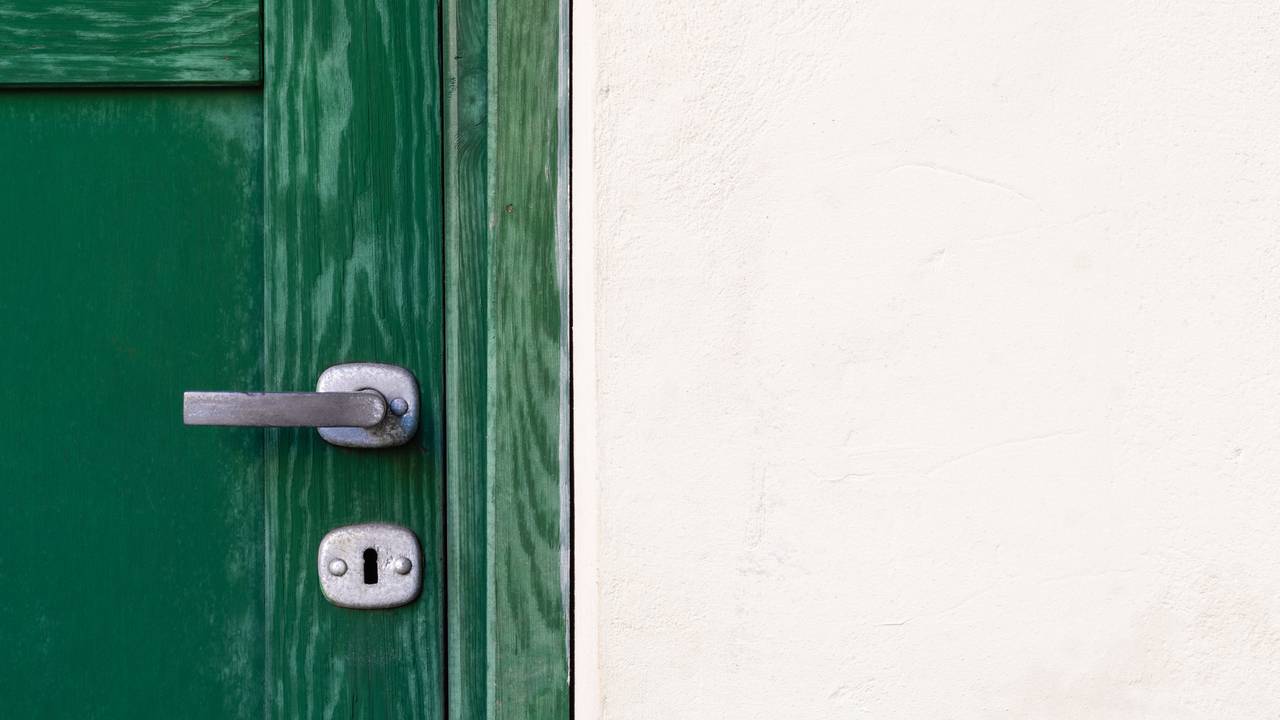When buying locks for your business or home, the number of options available can surely be overwhelming. Many different types of door locking mechanisms and security factors are available to consider before buying. The following are the most common types of locks that people usually opt for.
Different Types of Door Locking Mechanisms - Choosing the Best Lock
The different types of door locking mechanisms include a multi-point locking system, mortice locks, cylinder locks, nightlatches and many more.
1. Multi-Point Locking Systems
This door locking mechanism is now commonly used by both home and business owners for security. They are mainly found on the UPVC doors. One multi-point locking system comes with at least three locking points and they all simultaneously lock with one turn of a key. It is designed for external use and is good for patio and garage doors. Pins, camrollers and hook bolts can be used to lock them.
2. Mortice Locks
Mortice locks are among the most accepted lock types for top security. This explains why they are the most preferred in an insurance policy. A mortice deadlock requires a key to lock and open. It has a harder to break design specifically meant for external use. When buying one, always for the Kitemark symbol as well as the at least 5 levers mark on the face.
3. Cylinder Locks
These are the most commonly used lock type on doors. They are easy to install, designed for external and internal use. Also, they are composite and UPVC friendly. It is important that you find the right type because some are vulnerable to lock snapping. Always check for the ES or Kitemark symbol.
4. Nightlatches
Some consider these secondary locks. Generally, they exist in two forms namely deadlocking night latches and nightlatches. The standard ones automatically lock the door unless the snib is used to hold the latch back. Deadlocking night latches on the other hand automatically locks and requires a key in order to door from outside and inside. They are more secure than their standard counterparts. These are popular for lots of new houses.
5. Key-Operated Security Bolts
These are common on external doors such as double and French doors. They can be surface fitted or mounted into the door. As for the double and French doors, they should be fixed on the final closing door and vertically positioned. The surface-mounted bolts help in holding them in place.
6. Sliding Patio Doors
This door locking mechanism has its lock requirements slightly different from those of a standard door. Sliding patio doors are normally used to open into a conservatory or onto a garden. One can lift them off their runners, therefore, can be vulnerable.
7. Open Shackle Padlocks
These door lock types are the most common and don't meet the minimum security requirements for home insurance. They are easy to cut with a saw or bolt cutters as a result of shackle height. They are normally used on lockers, gates and sheds.
8. Closed Shackle Padlocks
They have a low shackle height hence very difficult to attack. They also have a design that prevents saws and bolt cutters from getting to the padlock shackle. This mechanism is mostly used on gates, chains and garden sheds.
9. Long Shackle Padlocks
These padlocks commonly used on gates, sheds and gardens are flexible and easy to use. They are however, easy to break or disable with the use of a saw or bolt cutters.
10. Shutter or Straight Shackle Padlocks
Shutter padlocks also known as straight shackle, are often used on chains, barriers, gates and shutters. They are easy to fit and more difficult compared to the open shackle.
Conclusion
Looking for a lock to advance your physical security for when you’re building a new home or updating current ones can be a daunting task sometimes as a result of the very many types out there. This guide went through the different types of door locking mechanisms so that you can choose the best one for your home or business. Of course, if you find yourself locked out or don’t know how to operate a new type of lock, you can always reach out to professionals for help as well.


Comments(0)